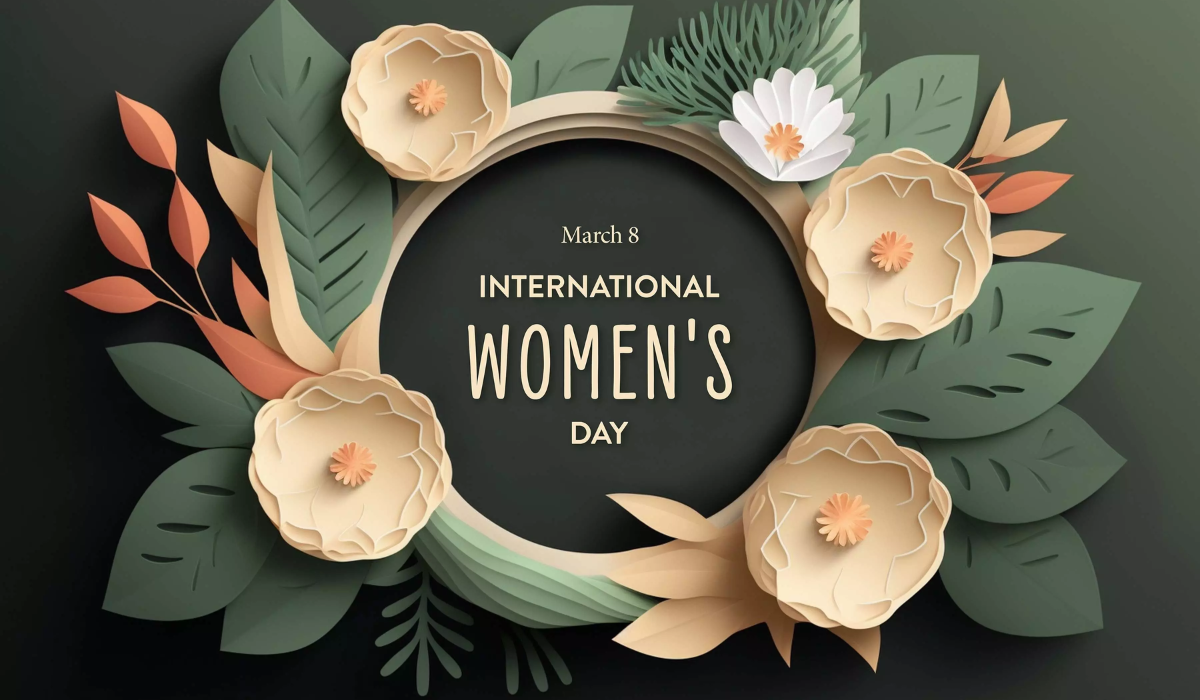International Women’s Day, observed annually on March 8th, is a global celebration of women’s achievements, progress, and resilience. It serves as a reminder of the ongoing fight for gender equality and women’s rights, while also honoring the remarkable contributions of women throughout history. From grassroots movements to global campaigns, International Women’s Day has become a powerful platform for advocacy, activism, and solidarity.
Origin and History:
The origins of International Women’s Day can be traced back to the early 20th century, with its roots in the labor movements in North America and Europe. The first National Women’s Day was observed in the United States on February 28, 1909, to commemorate the 1908 garment workers’ strike in New York, where women protested against poor working conditions and inequality. Inspired by this event, International Women’s Day was later established at the 1910 International Socialist Women’s Conference in Copenhagen, with the proposal to hold an annual celebration to advocate for women’s rights and suffrage.
Also Read: 10 Fascinating Trivia Facts About International Women’s Day
UN Recognition and Global Impact:
In 1977, International Women’s Day was officially recognized by the United Nations, marking a significant milestone in its journey towards becoming a global observance. Since then, it has grown into a widely celebrated event, embraced by countries around the world. From public demonstrations to cultural festivals, educational workshops, and online campaigns, International Women’s Day has become a platform for raising awareness about gender inequality, promoting women’s empowerment, and advocating for policy change.
Themes and Symbolism:
Each year, International Women’s Day adopts a specific theme to focus attention on critical issues facing women and girls globally. Themes such as “Gender Equality Today for a Sustainable Tomorrow,” “Women in Leadership: Achieving an Equal Future in a COVID-19 World,” and “Press for Progress” have highlighted the need for action and progress towards gender parity. The official colors of International Women’s Day – purple, green, and white – symbolize justice, hope, and purity, respectively, reflecting the values of the women’s rights movement.
Also Read: महिला दिवस पर पीएम मोदी ने घटाए LPG सिलेंडर के दाम
Intersectionality and Inclusivity:
International Women’s Day emphasizes the importance of intersectionality, recognizing that women’s experiences are shaped by various factors, including race, ethnicity, class, sexual orientation, and disability. It underscores the need for inclusive feminism that addresses the diverse needs and challenges faced by all women. By centering the voices of marginalized and underrepresented communities, International Women’s Day strives to create a more inclusive and equitable world for everyone.
Call to Action:
While International Women’s Day is a time for celebration and reflection, it is also a call to action. It challenges individuals, organizations, and governments to commit to tangible steps towards gender equality and women’s empowerment. Whether it’s advocating for equal pay, ending gender-based violence, supporting women’s leadership, or advancing reproductive rights, International Women’s Day inspires collective action to create a more just and equitable society for future generations.
As we celebrate International Women’s Day, let us reaffirm our commitment to building a world where every woman and girl can thrive, free from discrimination and oppression. Let us honor the trailblazers who have paved the way for progress and continue to champion the rights and dignity of women everywhere. Together, we can empower change, embrace equality, and build a brighter future for all.

